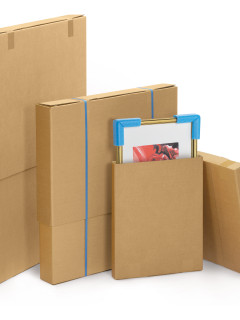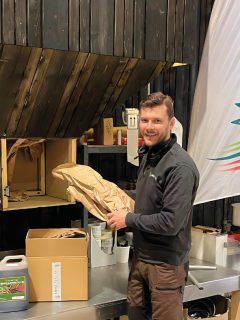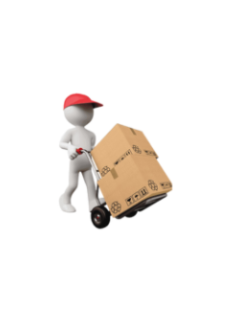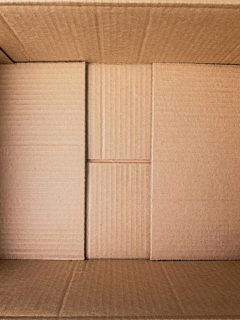Whether you work in retail or e-commerce, B2C or B2B, every year brings new logistical challenges.
The start of 2024 is no exception: new regulations that are in force or coming soon, increased competition and rising consumer demands require creativity to boost growth.
Here’s some good news: different packaging solutions can help you navigate this!
Get inspired by the following six packaging trends for 2024 and re-evaluate your packaging strategy to boost your competitiveness and brand image.
Wooden packaging:
A prominent approach to food in 2024 When people think of wooden packaging, the wooden box often comes to mind – a highly necessary type of packaging for anyone looking to export goods or transport hazardous products.
But the packaging trend that will dominate 2024 is wooden food packaging. These packages with an almost rustic design can be used to package cheese, dried fruit or ready meals.
According to the Lacroix Group’s CEO, explaining the trend for wooden packaging in Les Echos on 18 December 2023: “Wooden packaging is the most environmentally friendly packaging, requires the least processing work and has the least carbon footprint.”
She points out that the market for wooden packaging is growing rapidly. Ten years ago, Lacroix sold 40 million units a year – now the figure is 80 million units a year.
Note also that other types of wooden packaging are integrating into this trend, such as:
- Moulded wooden pallets, made from recycled wood waste, pressed and compressed.
Reusable packaging:
In 2024, as you can imagine, environmental thinking is the biggest trend. And if there’s one type of packaging that aligns with environmental responsibility, it’s reusable packaging! This refers to any type of packaging that can be reused by the consumer or by the company for internal processes.
Among the current reusable packaging products we see more and more often:
- Returnable packaging for e-commerce. These are designed to cope with multiple shipments (original delivery and customer return) and are available in different formats such as boxes, cartons and bags to suit all logistical needs.
- We have both boxes and e-commerce bags.
- Plastic boxes for storage, to use instead of cardboard boxes. Stackable plastic boxes and plastic pallets can be used many times and protect the goods well during the storage phase.
- Reusable plastic pallets.
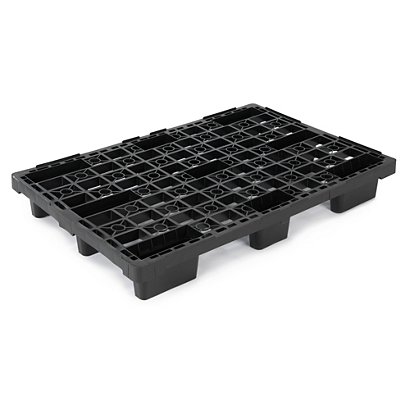
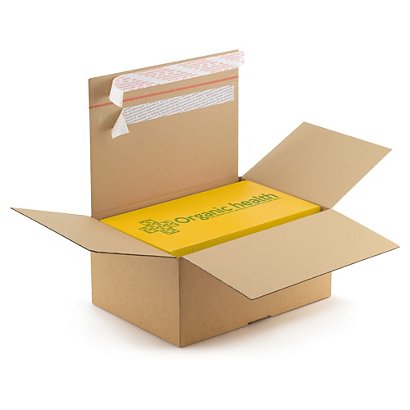
Want to dive deeper into this trend? Visit our article on reusable packaging.
The plastic packaging trend… but in a different way
This 2024 packaging trend surprises you? To understand it, let’s start by comparing the environmental impact of cardboard and plastic.
The carbon footprint of paperboard is 964 kilograms per tonne of carbon dioxide equivalent, compared to around 1,870 kilograms of carbon dioxide equivalent per tonne of plastic produced. However, when it comes to water use to produce paperboard, it ranges from 60 to 400 litres of water per kilogram of paperboard, compared to 1 to 2 litres of water per kilogram of plastic material.
It is therefore difficult to determine, from a holistic perspective, which material has the greatest ecological impact between these two packaging materials. And it is from that realisation that plastic remains a packaging trend for 2024… but not just any plastic!
In fact, it is possible to consider plastic as an ecological alternative if you choose:
- Reusable plastic packaging – as you have already seen in the previous trend.
- Packaging made from bio-based plastic. This type of plastic comes from renewable materials and is created from, for example, sugar cane, beetroot, corn starch or potatoes.
- Recyclable plastic packaging. Not all plastics can be recycled – however, those belonging to the polyethylene terephthalate (PET), high-density polyethylene (HDPE) and polypropylene (PP) families can go through today’s sorting facilities.
Not to mention that some industries can hardly do without plastic to package their products at this point. It’s up to you to find the ‘right packaging’, on the borderline between optimal protection for your goods and optimal preservation of the environment.
On the RAJA website, you can look for eco-labels to easily see whether your purchases are made from recycled materials or not.
Improved packaging:
Give your customers a differentiated experience Also called “connected packaging”, enhanced packaging means integrating a QR code or an NFC chip directly on the packaging to create an enhanced experience for the consumer who scans it.
For example, you might consider:
- Making a competition that your customers can enter or a discount code to use for their next purchase.
- Guide your consumer to a webpage that provides more details about how the product was created.
- Integrate a link to a tutorial video on how to use the product on the packaging.
This type of customised packaging helps to strengthen the bond between the consumer and the brand, thereby enhancing the customer experience and ultimately differentiating the brand from the competition.
Curious about this trend? Visit our article on connected packaging.
Pledge: A packaging trend to anticipate for 2024?
You’ve probably heard of the AGEC law, the law on the fight against waste and the circular economy. This law had planned a consultation in January 2023 to set up collection measures for the recycling or reuse of different types of packaging.
To address this problem, experts recommend introducing deposits for the reuse of glass packaging.
Read more about a project called RE-ZIP here. The project is working towards a circular packaging industry, and how you as a company can reuse the cardboard you send to your customers several times.
Eco-design:
With packaging laws increasingly aiming to regulate their environmental impact and consumers becoming more aware, companies are turning to the creation of customised ecological packaging. It’s called eco-design.
If eco-design encompasses many packaging manufacturing techniques, it means that:
- Reducing the use of raw materials by using the ‘right packaging’ that protects the product without excessive packaging.
- Using renewable, recyclable or reusable raw materials to monitor the life cycle of the packaging. Note that this applies to both the packaging method itself (i.e. the container) and its third-party elements (ink used to print on the packaging, glue to close the packaging…).
- Limit the use of energy resources in the creation of the packaging.
An ecologically designed packaging can become a real asset for your brand and help you significantly reduce your environmental impact. If you want to go deeper, discover 3 packaging eco-design techniques to consider.
So, which of these packaging trends for 2024 will you capitalise on to stand out this year?











